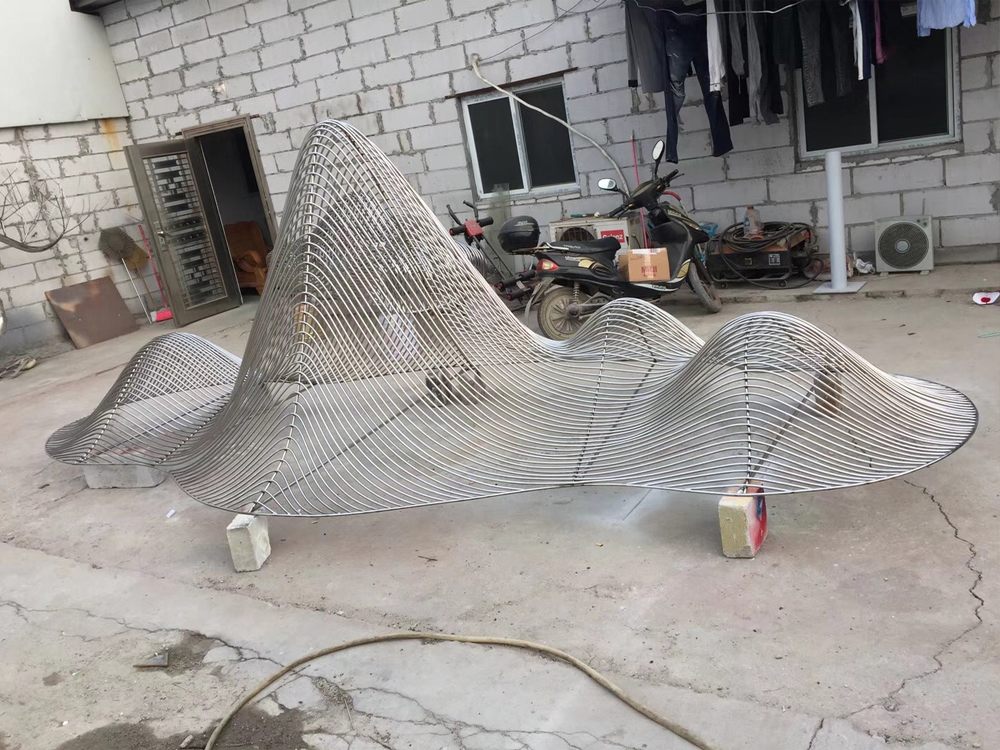
Metal sculpture is a dynamic art form that allows artists to express cultural heritage and traditions in innovative ways. By integrating traditional motifs, symbols, and techniques, sculptors create pieces that resonate with historical and emotional significance.
One common method is the use of culturally significant patterns or imagery, such as tribal markings, mythological figures, or ancestral symbols. These elements are often etched, welded, or cast into the metal, preserving their authenticity while adapting to modern aesthetics. For example, African artists might incorporate Adinkra symbols into their sculptures, while Asian sculptors may draw inspiration from calligraphy or folklore.
Another approach involves traditional metalworking techniques passed down through generations. Techniques like repoussé, filigree, or lost-wax casting are employed to craft intricate details that reflect a culture’s craftsmanship. Artists may also use locally sourced materials, such as bronze, copper, or recycled metals, to maintain a connection to their heritage.
Beyond aesthetics, some sculptures serve as narrative pieces, telling stories of cultural identity, migration, or resistance. By blending contemporary styles with traditional themes, artists ensure that cultural legacies remain relevant in today’s art world.
Ultimately, metal sculpture becomes a bridge between past and present, allowing traditions to evolve while honoring their roots. Whether through symbolic designs, ancient techniques, or storytelling, artists continue to celebrate cultural heritage in bold, enduring forms.

